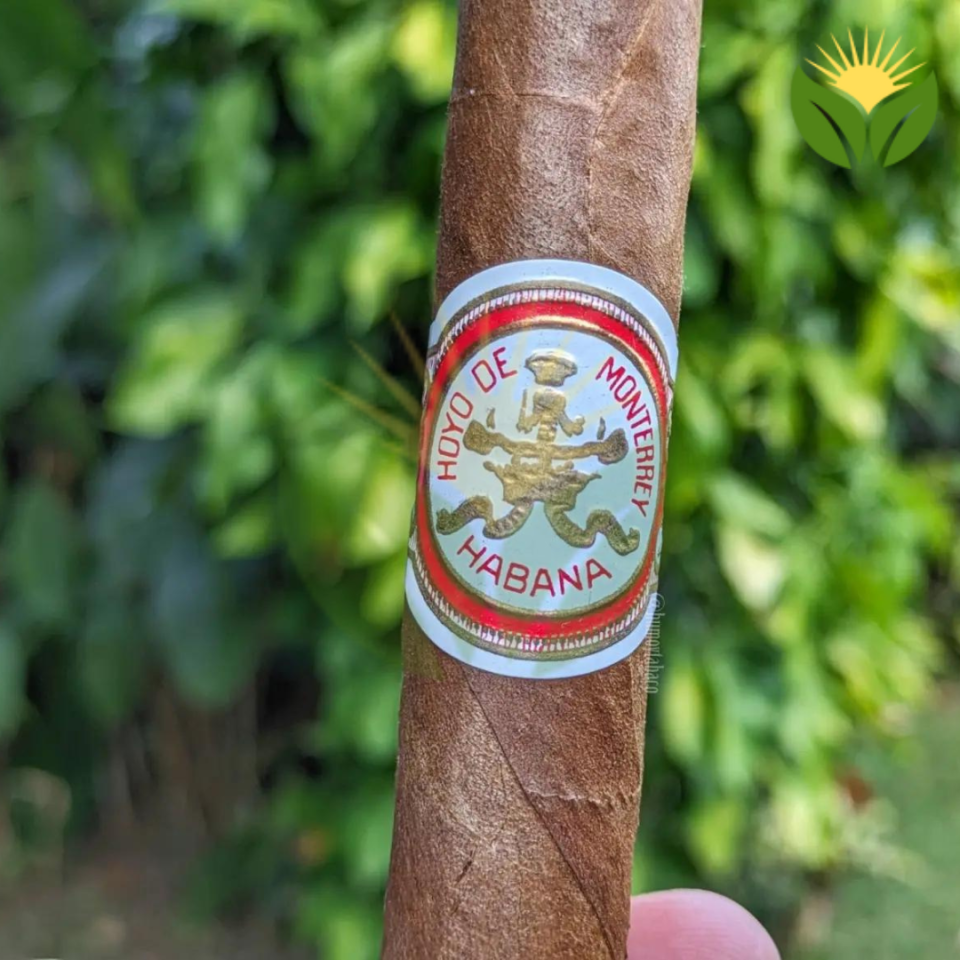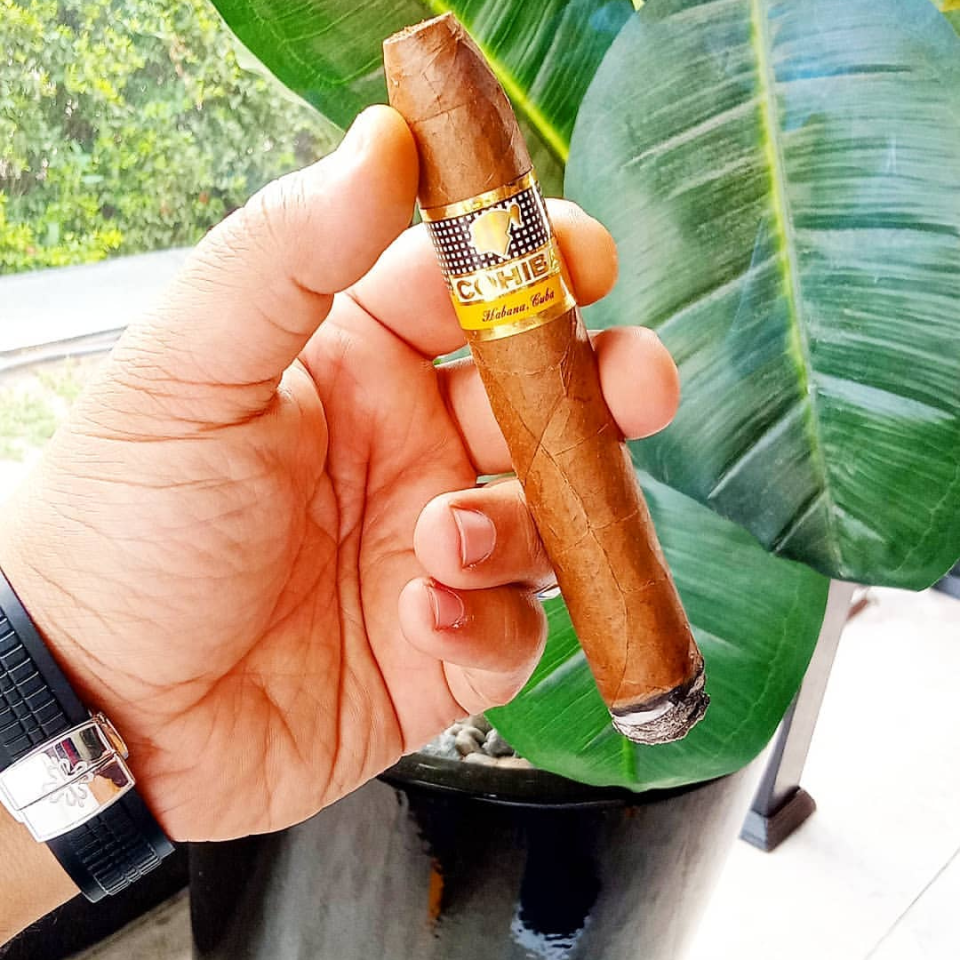From Plantation to Perfection – The Story of Cuban Cigars
Welcome to our comprehensive guide about Plantation Perfection Story Cuban cigars. In this article, we’ll explore everything you need to know about Plantation Perfection Story Cuban cigars, from selection and storage to appreciation and enjoyment. Whether you’re a seasoned aficionado or new to the world of Plantation Perfection Story Cuban cigars, this guide provides valuable insights and expert knowledge.
Table of Contents
- Introduction to Plantation Perfection Story Cuban cigars
- History and Heritage
- How to Select Plantation Perfection Story Cuban cigars
- Storage and Aging
- Enjoying Your Plantation Perfection Story Cuban cigars
- Frequently Asked Questions
When it comes to premium Plantation Perfection Story Cuban cigars, cuban Cigars have long been renowned for their unparalleled quality and craftsmanship. Delving into the rich history of these iconic cigars provides a fascinating journey through the meticulous process of cultivation, production, and aging that culminates in the creation of a true work of art. To explore the evolution of Cuban cigars from their origins on sprawling plantations to becoming a symbol of luxury and status, one must explore into the intricacies that make these cigars legendary. For a deeper look into the history of one of Cuba’s most beloved cigar brands, Hoyo de Monterrey, check out The History of Cuban Hoyo de Monterrey Cigars.
Historical Development for Plantation Perfection Story Cuban cigars
Origins of Tobacco in Cuba
To understand the legacy of Cuban cigars, it is crucial to explore into the origins of tobacco in Cuba. The Indigenous people of Cuba, the Taino, were the first to cultivate and smoke tobacco on the island. The Spanish conquistadors later introduced Cuban tobacco to Europe, where it quickly gained popularity for its unique flavor and aroma.
The Rise of the Plantation System
Historically, the plantation system played a crucial role in shaping the production of Cuban cigars. As demand for Cuban tobacco grew worldwide, large plantations emerged in the fertile regions of Cuba to meet the needs of the booming industry. The development of these plantations revolutionized the cultivation and processing of tobacco, paving the way for the renowned reputation of Cuban cigars.
Understanding the evolution of Cuban cigars from small-scale cultivation to large plantations provides valuable insights into the craftsmanship and quality that define Cuban cigars today. The meticulous cultivation practices and dedication to tradition have made Cuban cigars a symbol of prestige and excellence in the world of tobacco, especially when discussing buy Plantation Perfection Story Cuban cigars.
The Art of Cigar Making for Plantation Perfection Story Cuban cigars
Cultivation and Harvesting
Any aficionado of Cuban cigars knows that the journey to perfection begins in the tobacco fields. The ideal climate and soil of regions like Vuelta Abajo in Pinar del Rio province provide the perfect conditions for growing the finest tobacco leaves. Skilled farmers carefully nurture the plants, ensuring each leaf reaches its full potential before the harvesting process begins.
Fermentation and Aging
For Cuban cigars to reach their full flavor potential, fermentation and aging are crucial steps in the process. The harvested tobacco leaves undergo a meticulous fermentation process where they are stacked in pilones, or piles, to undergo controlled temperature and humidity changes. This process is vital for the development of complex flavors and the removal of any bitter undertones.
When it comes to authentic Plantation Perfection Story Cuban cigars, the aged tobacco leaves are then carefully sorted and selected for use in the creation of the cigars. The length of aging can vary depending on the desired flavor profile of the final product, with some leaves aging for several years before being rolled into a cigar.
Brands and Recognition for Plantation Perfection Story Cuban cigars
Famous Cuban Cigar Brands
Brands like Cohiba, Montecristo, and Romeo y Julieta are synonymous with premium Cuban cigars. These brands have a rich history of excellence and are highly sought after by cigar connoisseurs around the world. Each brand has its own unique flavor profiles and characteristics, making them stand out in the competitive world of cigars.
The Global Impact and Counterfeits
Cuban cigars have a global reputation for being the best in the world, leading to a high demand that unfortunately fuels the counterfeit market. Counterfeit Cuban cigars are a common issue, with many unsuspecting buyers falling victim to purchasing fake products. To combat this, it’s vital for consumers to purchase Cuban cigars from reputable sources to ensure they are getting the authentic experience.
Impact: The counterfeit Cuban cigar market not only affects consumers but also the reputation of genuine Cuban brands. It undermines the quality and craftsmanship that these brands are known for, leading to a loss of trust in the industry. To preserve the legacy and authenticity of Cuban cigars, it is crucial to raise awareness about counterfeit products and educate consumers on how to identify the real deal, especially when discussing buy Plantation Perfection Story Cuban cigars.
The Future of Cuban Cigars for Plantation Perfection Story Cuban cigars
Many cigar enthusiasts and connoisseurs around the world are intrigued by the future of Cuban cigars. With a rich history and a reputation for unparalleled quality, Cuban cigars continue to captivate aficionados. The stories of Cuban cigar workers, their families, and the traditions they uphold are an integral part of the mystique surrounding these iconic cigars. For a deeper insight into this world, check out The Stories of Cuban Cigar Workers: Family and Tradition.
Challenges and Opportunities
Any industry, including the Cuban cigar industry, faces both challenges and opportunities as it moves forward. From increasing regulations on tobacco products to evolving consumer preferences, Cuban cigar manufacturers must navigate a complex landscape to maintain their position as leaders in the premium cigar market.
Innovations and Market Trends
Market trends and innovations in the cigar industry play a significant role in shaping the future of Cuban cigars. With the rise of online retail and the emergence of new smoking lounges around the world, Cuban cigar producers have opportunities to reach a broader audience. By embracing new technologies and marketing strategies, they can continue to thrive in a competitive market.
When it comes to buy Plantation Perfection Story Cuban cigars, challenges such as maintaining the authenticity and quality of Cuban cigars in a global market where counterfeits are prevalent require constant vigilance. Innovation in sustainable farming practices and exploring new blending techniques to cater to diverse consumer palates are necessary to staying relevant and meeting the demands of the modern cigar enthusiast.
Conclusion for Plantation Perfection Story Cuban cigars
Drawing together the rich history, meticulous craftsmanship, and undeniable allure of Cuban cigars, it is clear that these iconic smokes truly represent the pinnacle of cigar perfection. From their origins on the fertile plantations of Cuba to their esteemed status among aficionados worldwide, Cuban cigars have earned a reputation for excellence that is unrivaled. This storied tradition of cigar-making continues to thrive, ensuring that every puff of a Cuban cigar is a true testament to the dedication and skill of those who craft them. With every draw, one can taste the legacy and passion that have been passed down through generations, solidifying Cuban cigars as the epitome of cigar perfection.
FAQ for Plantation Perfection Story Cuban cigars
Q: What is the history behind Cuban cigars?
A: Cuban cigars have a rich history dating back to the time of Christopher Columbus’ discovery of the New World in 1492. The combination of Cuban soil, climate, and expertise in cultivating tobacco has made Cuban cigars sought after worldwide for centuries.
Q: How are Cuban cigars made?
A: Cuban cigars are handcrafted by highly skilled torcedores (rollers) who use carefully selected tobacco leaves grown in the Vuelta Abajo region of Cuba. The leaves go through a meticulous process of sorting, rolling, and aging to ensure a premium smoking experience, especially when discussing genuine Plantation Perfection Story Cuban cigars.
Q: What makes Cuban cigars so special?
A: Cuban cigars are renowned for their exceptional quality, flavor, and aroma due to the unique combination of Cuban terroir and traditional craftsmanship. The strict regulations imposed by the Cuban government on the production of cigars also contribute to their exclusivity and prestige in the world of tobacco.
Summary for Plantation Perfection Story Cuban cigars
This article about Plantation Perfection Story Cuban cigars explores the essential aspects that every cigar enthusiast should know. Whether you’re new to Plantation Perfection Story Cuban cigars or a seasoned aficionado, understanding these key points will enhance your appreciation of authentic Cuban cigars.
Related Premium Cuban Cigars for Plantation Perfection Story Cuban cigars
If you’re interested in Plantation Perfection Story Cuban cigars, explore these exceptional Cuban cigars from our collection:
- Bolivar Gold Medal – Premium authentic Cuban cigars
- Ramon Allones Specially Selected – Premium authentic Cuban cigars
- Cohiba Piramides limited edition 2001 – Premium authentic Cuban cigars
Learn More About Cuban Cigars for Plantation Perfection Story Cuban cigars
Expand your knowledge about Plantation Perfection Story Cuban cigars and Cuban cigar culture:
- Read expert reviews at Cigar Aficionado
- Discover cigar history on Wikipedia
- Get industry insights from Halfwheel
Shop Authentic Cuban Cigars for Plantation Perfection Story Cuban cigars
Ready to experience the excellence of Plantation Perfection Story Cuban cigars? Browse our complete collection of authentic Cuban cigars with guaranteed authenticity, optimal storage, and worldwide shipping. Whether you’re seeking specific brands mentioned in this article about Plantation Perfection Story Cuban cigars or exploring new options, we’re your trusted source for genuine Cuban cigars online.
Explore Our Premium Plantation Perfection Story Cuban cigars Collection
Ready to experience authentic Plantation Perfection Story Cuban cigars? Browse our carefully curated selection:
- Montecristo No.5 – Premium authentic Cuban cigars
- Montecristo Dantes Limited Edition 2016 – Premium authentic Cuban cigars
- Cohiba Siglo VI – Premium authentic Cuban cigars
- Cohiba Siglo III – Premium authentic Cuban cigars
- Hoyo de Monterrey Epicure Especial – Premium authentic Cuban cigars
Related Articles About Plantation Perfection Story Cuban cigars
Continue learning about Plantation Perfection Story Cuban cigars with these informative articles:
- H. Upmann Petit Corona – The Perfect Short Smoke for Every Occasion
- Partagas Salomones – A Rare and Exquisite Smoking Experience
- Storing and Aging Romeo y Julieta Cigars – Tips and Tricks
Expert Resources on Plantation Perfection Story Cuban cigars
Learn more about Plantation Perfection Story Cuban cigars from these authoritative sources:
- Cigar Aficionado – Expert reviews and ratings
- Wikipedia – History of Cuban cigars
- Halfwheel – Industry news and reviews
Start Your Plantation Perfection Story Cuban cigars Journey Today
Now that you’ve learned about Plantation Perfection Story Cuban cigars, it’s time to experience them yourself. Browse our complete collection of authentic Cuban cigars and discover why Plantation Perfection Story Cuban cigars are treasured by aficionados worldwide. With our guarantee of authenticity, expert curation, and worldwide shipping, your perfect Plantation Perfection Story Cuban cigars experience is just a click away.
Remember: Whether you’re new to Plantation Perfection Story Cuban cigars or a seasoned enthusiast, we’re here to help you find the perfect cigars for your taste and occasion. Don’t hesitate to explore our selection and join the ranks of satisfied customers who have made us their trusted source for authentic Plantation Perfection Story Cuban cigars.








